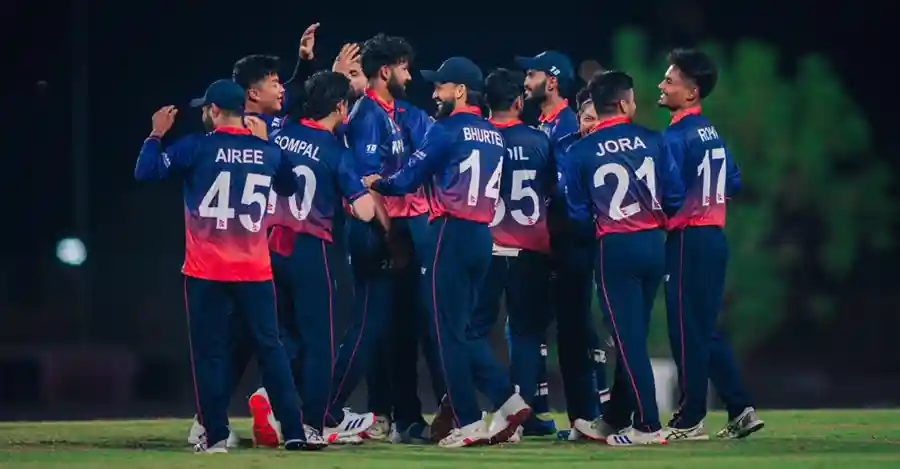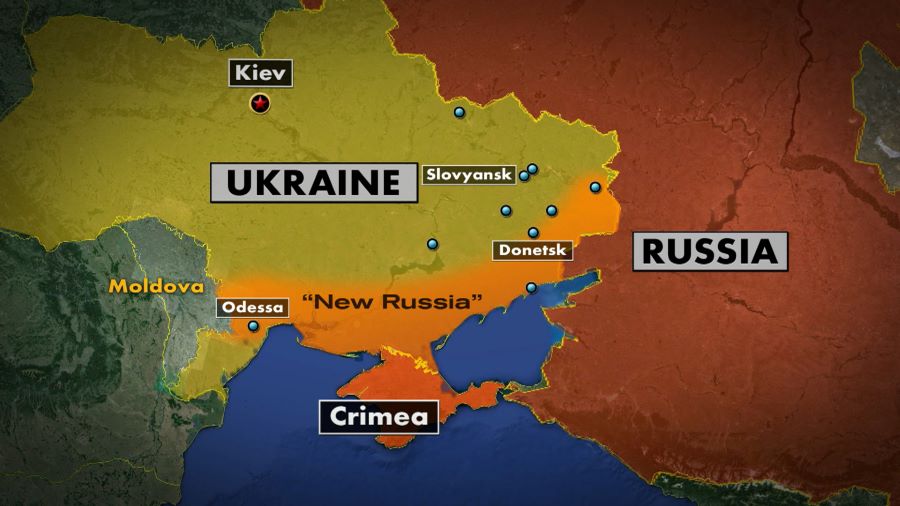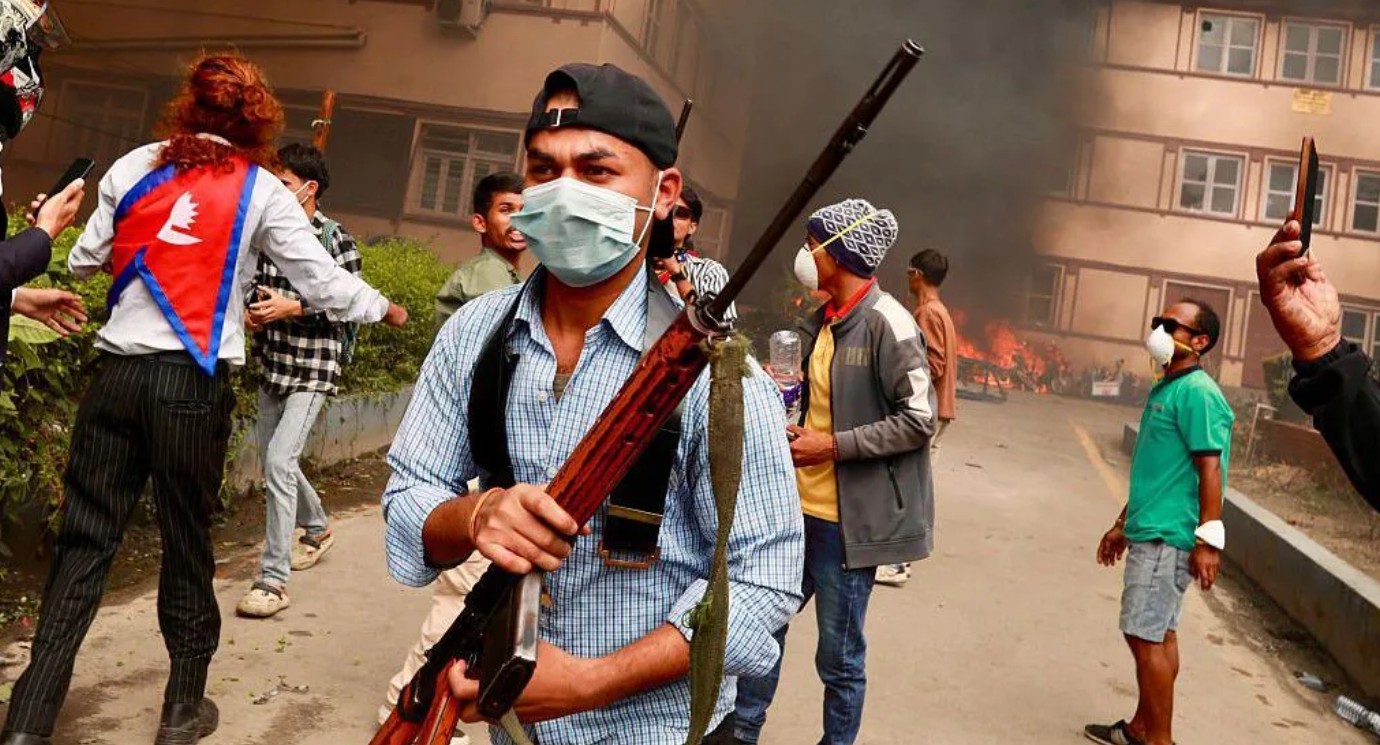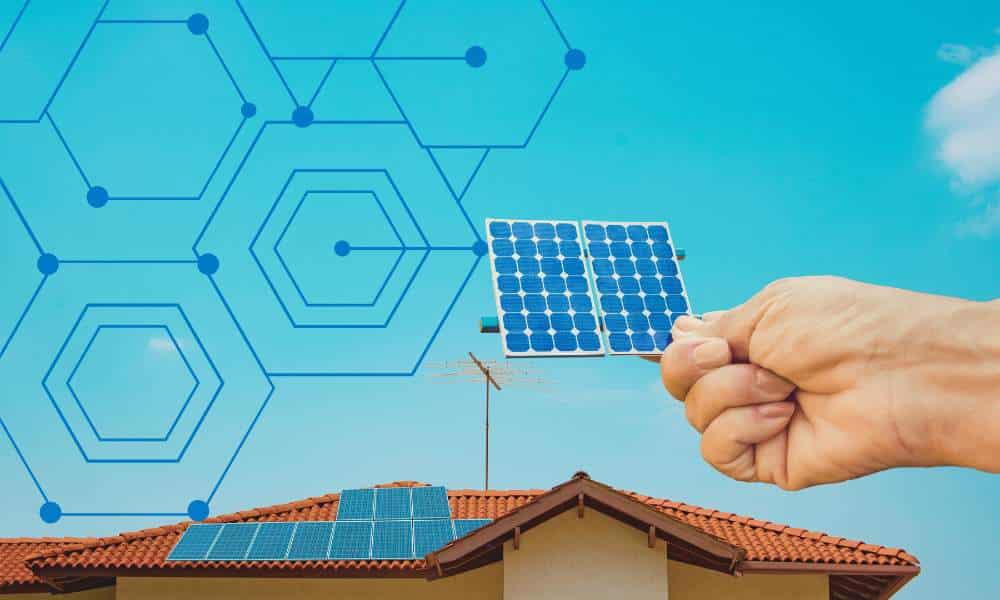Kathmandu-The Nepal Home Ministry has issued a stern warning to individuals possessing weapons and equipment taken from security forces during the massive GenZ protests that rocked Kathmandu and other parts of the country on September 23 and 24. Citizens now have until the end of October to return these items without facing prosecution.
This decisive move comes as the government-formed investigation commission begins examining the extensive property damage and human casualties that occurred during one of Nepal’s most significant youth-led demonstrations in recent years.
Critical Deadline: What You Need to Know
According to Home Ministry Spokesperson Ananda Kafle, anyone who has found or possesses weapons looted from security forces during the protests must surrender them to the nearest security agency by the end of Asoj month (mid-October 2025).
Amnesty Period Details
The government has outlined a clear framework for weapon returns:
Before the Deadline:
- Individuals returning weapons will receive appropriate recognition
- No legal action will be taken against those who voluntarily surrender items
- Information providers about weapon locations will also be honored
After the Deadline:
- Anyone found with security force weapons will face legal consequences
- Strict action under existing laws will be enforced
- No immunity will be granted for late returns
This amnesty approach balances accountability with practical recovery needs, recognizing that some citizens may have inadvertently come into possession of these items during the chaotic protest environment.
Scale of Weapons Loss During GenZ Protests
While official numbers haven’t been publicly disclosed, security sources indicate that weapons and equipment losses during the September demonstrations were significant. The incidents occurred across multiple locations:
Kathmandu Valley Incidents
The capital region saw the most intense confrontations between protesters and security forces. During these clashes, several police posts were vandalized, leading to the disappearance of service weapons, protective gear, and communication equipment.
Provincial Losses
Reports suggest that weapons also went missing from security installations in other parts of the country where GenZ movement demonstrations took place. The exact inventory of missing items includes:
- Service pistols and rifles
- Protective shields and helmets
- Communication devices
- Other law enforcement equipment
The Home Ministry’s appeal specifically mentions “weapons and equipment” indicating a broad range of missing items beyond firearms alone.
Investigation Commission Begins Operations
Parallel to the weapons recovery effort, the government investigation commission formed to examine the September 23-24 protests has officially commenced its work. This development marks a significant step toward accountability and understanding what transpired during the demonstrations.
Commission Leadership and Mandate
The government established the inquiry commission under the Investigation Commission Act, 2026 BS, appointing Gauri Bahadur Karki as its chairman. The commission holds extensive authority to:
- Receive and analyze information related to property damage and human casualties
- Review complaints and petitions from affected parties
- Recommend appropriate action based on findings
- Coordinate with security agencies for evidence gathering
Dual Track Approach to Justice
Home Ministry Spokesperson Ananda Kafle clarified an important procedural aspect: while the commission investigates matters within its jurisdiction, the government won’t delay immediate action against clearly illegal activities.
“Issues falling under the commission’s jurisdiction won’t see immediate action through regular government mechanisms,” Kafle explained. “However, illegal activities that occurred or are occurring will face action according to law.”
This dual-track approach ensures that:
- Comprehensive investigation proceeds without interference
- Clear violations don’t escape accountability during the investigation period
- Justice moves forward on multiple fronts simultaneously
Context: The September GenZ Protests
Understanding the weapons recovery initiative requires context about the demonstrations that led to this situation. The GenZ movement protests in late September represented a watershed moment in Nepal’s contemporary political landscape.
What Sparked the Demonstrations
The youth-led movement emerged from accumulated frustrations over:
- Economic opportunities and unemployment
- Governance issues and corruption concerns
- Political leadership accountability
- Future prospects for young Nepalis
Intensity of the Confrontations
The protests on September 23 and 24 escalated beyond peaceful demonstrations in several locations. Incidents included:
- Vandalism of government property
- Arson attacks on vehicles and buildings
- Physical confrontations with security forces
- Temporary seizure of security installations
According to Singha Darbar sources, these were among the most intense protest-related incidents Nepal has experienced in recent years, prompting the current comprehensive government response.
Legal Framework for Weapon Possession in Nepal
Nepal maintains strict laws regarding unauthorized possession of weapons, particularly those belonging to security forces. Understanding this legal framework helps contextualize the government’s current initiative.
Arms and Ammunition Act Provisions
The Arms and Ammunition Act in Nepal categorizes unauthorized possession of service weapons as a serious offense. Penalties can include:
- Imprisonment ranging from months to years
- Substantial monetary fines
- Criminal record implications
- Social stigma and employment consequences
Distinction Between Intent and Circumstance
Legal experts note that the amnesty period recognizes an important distinction:
- Intentional theft or looting during protests
- Incidental possession by citizens who found abandoned items
- Good Samaritan scenarios where people secured weapons to prevent misuse
The government’s approach acknowledges that not everyone possessing these weapons acquired them through criminal intent, particularly given the chaotic nature of the protests.
Public Response and Community Awareness
Since the Home Ministry’s announcement, community discussions about the weapons return deadline have intensified across Nepal. Social media platforms and local communities are actively sharing information about the initiative.
Awareness Campaign Needs
Civil society organizations have emphasized the need for widespread awareness about:
- Exact deadline dates and timelines
- Locations where items can be surrendered
- Documentation required during return
- Guarantees of non-prosecution for voluntary returns
Community Safety Concerns
Beyond legal implications, communities recognize the safety issues posed by unaccounted weapons:
- Risk of accidents involving found firearms
- Potential for misuse by criminal elements
- Undermining of public security systems
- Long-term consequences for weapon control
International Precedents for Post-Protest Weapon Recovery
Nepal’s approach mirrors strategies employed in other countries following civil unrest. International experiences offer insights into effective recovery programs.
Amnesty Program Effectiveness
Studies of post-conflict and post-protest weapon recovery programs globally show:
- Clear deadlines increase compliance rates
- Recognition for voluntary returns encourages participation
- Public awareness campaigns significantly impact success
- Community trust in authorities affects outcomes
Balancing Justice and Pragmatism
Nepal’s approach reflects learned lessons from international cases: achieving maximum weapon recovery often requires balancing prosecution with incentives for voluntary surrender.
What Happens Next: Timeline and Expectations
As the October deadline approaches, several parallel processes will unfold:
Immediate Phase (Current – Mid-October)
- Public awareness campaign intensification
- Security agencies preparing reception protocols
- Community organizations facilitating returns
- Media coverage maintaining public attention
Investigation Phase (Ongoing)
- Commission gathering testimonies and evidence
- Documentation of property damage assessments
- Compilation of casualty reports and medical records
- Analysis of security force responses
Accountability Phase (Post-Deadline)
- Legal action against non-compliant individuals
- Commission report preparation and submission
- Government response to commission recommendations
- Policy adjustments based on findings
Implications for Nepal’s Democratic Space
The GenZ protest aftermath and government response carry broader implications for Nepal’s democratic evolution and youth engagement in politics.
Youth Movement Recognition
The government’s measured response—combining accountability with investigation—acknowledges the legitimate grievances underlying the protests while addressing the violence and property damage that occurred.
Setting Precedents
How Nepal navigates this situation will influence:
- Future protest movement dynamics
- Youth engagement in democratic processes
- Government-citizen relationship frameworks
- Balance between order and expression rights
Conclusion: A Critical Juncture
The weapons recovery deadline represents more than just a security measure—it’s a test of trust between Nepal’s government and citizens. The amnesty period offers a practical solution while the investigation commission works toward comprehensive understanding of the September events.
For citizens possessing weapons or equipment from security forces, the message is clear: voluntary return before the October deadline brings recognition rather than prosecution. After that date, possession becomes unambiguously criminal.
As the investigation commission begins its crucial work, Nepal stands at an important juncture in addressing youth concerns while maintaining public order. The coming weeks will reveal how effectively the government can recover weapons, establish accountability, and chart a path forward from one of the most significant protest movements in recent national history.




















Comments